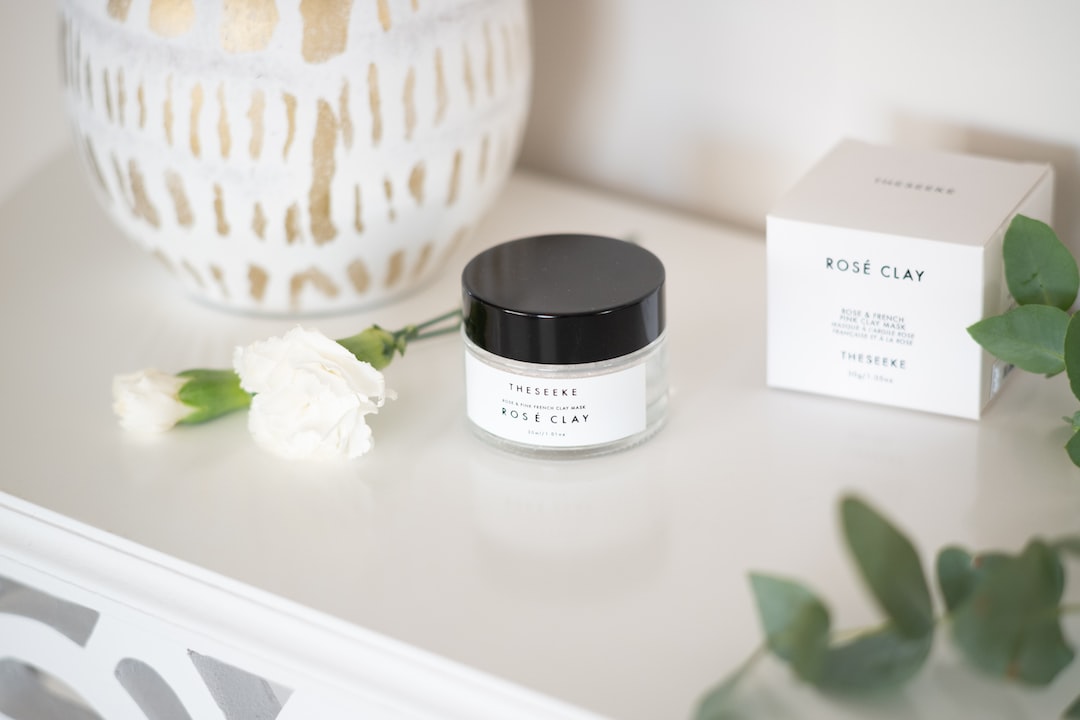The Truth Behind Ingredient Labels: Understanding Skincare Jargon
In our quest for flawless and healthy skin, we often find ourselves enticed by the promises of various skincare products on the market. However, deciphering the ingredient labels can be a daunting task, with a plethora of scientific jargon and unpronounceable names. Understanding skincare ingredients is crucial, as it enables us to make informed decisions about what we put on our skin. Let’s dive into the truth behind ingredient labels and decode the common jargon found in skincare products.
The front of a skincare product may boast claims of “natural,” “organic,” or “clean,” but it’s the ingredient label on the back that truly tells the story. One of the first things to know is that ingredients are listed in descending order of concentration. This means that the first few ingredients make up the majority of the product, while the ones at the end are usually present in only trace amounts.
One common jargon you may encounter is “parabens.” Parabens are a group of synthetic preservatives that prevent the growth of bacteria and mold in skincare products. They have been widely used for decades due to their effectiveness; however, concerns have been raised about their potential hormone-disrupting effects. While research is ongoing, many companies have started producing paraben-free alternatives to cater to those who wish to avoid them.
Another term to be familiar with is “fragrance” or “parfum.” Often, companies use these terms to protect their proprietary formulas, as fragrance blends are considered trade secrets. However, these generic terms can conceal a myriad of undisclosed ingredients, including potential skin irritants or allergens. For those with sensitive or reactive skin, it is advisable to opt for fragrance-free products or those that derive their fragrance from essential oils.
An ingredient that has gained popularity in recent years is “hyaluronic acid.” Despite its name, hyaluronic acid is not actually an acid but a sugar molecule naturally found in our skin. It has the astounding ability to hold up to 1000 times its weight in water, making it a powerful hydrating ingredient. While hyaluronic acid is generally safe and well-tolerated, it is essential to remember that everyone’s skin is unique, and some individuals may experience adverse reactions. Patch testing and consulting a dermatologist can help determine whether hyaluronic acid is suitable for your skin.
Additionally, “retinol” is a buzzword often associated with anti-aging products. Retinol is a derivative of Vitamin A that accelerates cell turnover, stimulates collagen production, and reduces the appearance of fine lines and wrinkles. However, retinol can also cause skin sensitivity, dryness, and redness, especially during the initial stages of use. Beginners should start with a low concentration and gradually increase to avoid irritation. Furthermore, pregnant women should avoid the use of retinol, as high doses can be harmful to developing fetuses.
Lastly, let’s explore the intriguing world of “antioxidants.” Antioxidants, such as Vitamin C or green tea extracts, combat free radicals that damage and age the skin. They have been hailed for their ability to brighten skin tone, fade hyperpigmentation, and reduce inflammation. Incorporating antioxidant-rich products into your skincare routine can enhance the overall health and appearance of your skin.
Remember, understanding skincare jargon is a continuous learning process. Stay curious, research ingredients, and take note of how your skin responds to different products. Ultimately, knowledge is power, and armed with this understanding, you can confidently navigate the ingredient labels and make informed choices that suit your skin’s needs.
